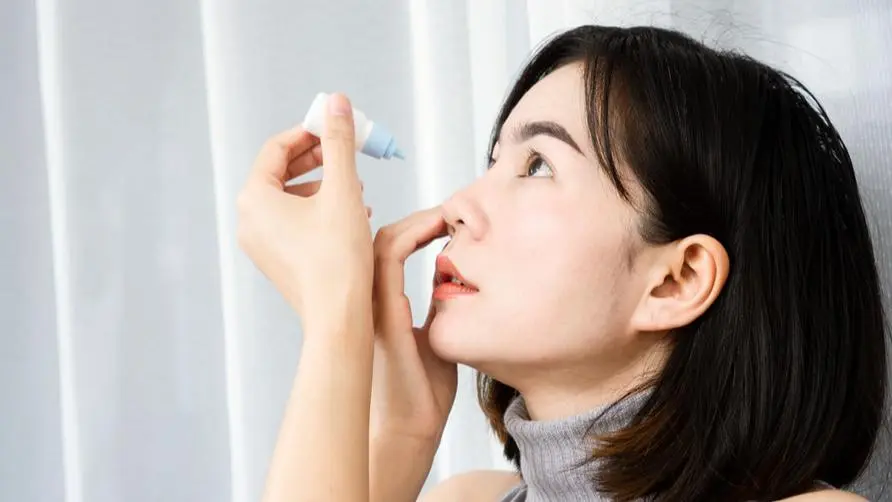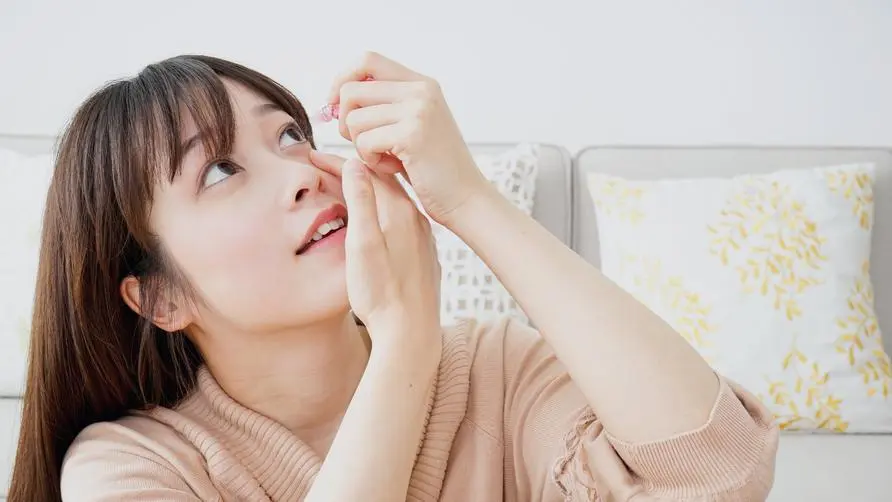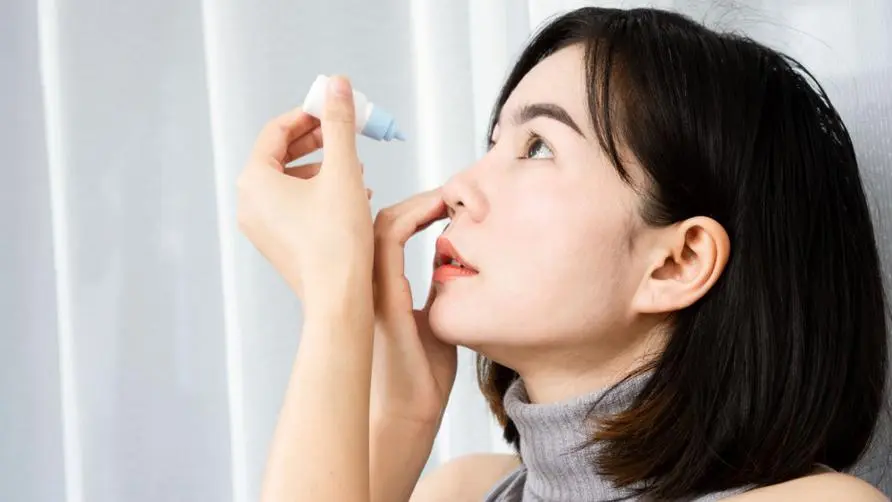5 symptoms may be a warning sign of "excessive eye use"! What is the most effective way to instill eye drops? Taiwan Food and Drug Administration: "6 steps" to do

Whether using computers, watching TV shows or playing mobile games, people’s lives are almost inseparable from 3C products, which can easily lead to overuse of the eyes. If you stare at the screen for a long time, which reduces the number of blinks, coupled with insufficient lighting, being too close to the screen, wearing contact lenses, etc., it may lead to dry eye symptoms such as dry eyes, itching, and fatigue. Many people buy eye drops to relieve eye fatigue, but can these products be used as frequently as skin care products?
How do you know if you are overusing your eyes? Pay attention to “5 major symptoms” when they come to your door
Taiwan Ministry of Health and Welfare, Food and Drug Administration explains that under normal circumstances, a layer of tear fluid composed of oil, water, and mucus will be evenly distributed on the surface of the eye through the action of blinking. If the secretion is insufficient or unevenly distributed, May cause symptoms such as dry eyes, fatigue, redness, itching and stinging. Commercially available eye products mainly target the relief of 5 major symptoms:
Dry: For the symptoms of dry eyes, the main ingredients with hydrating function are potassium chloride, sodium chloride and other ion balance liquids; in addition, ingredients with water-retaining function such as carboxymethyl cellulose (CMC), chondroitin sulfate sodium ( Thickening moisturizers such as Chondroitin sulfate sodium) are often included in artificial tears.
Fatigue: For tired eyes, some nutrients will be added to promote metabolism, such as vitamin A, vitamin B complex, vitamin E, taurine, etc.; in addition, Neostigmine Methylsulfate can improve the strength of eyeball muscles. Contractility, reduce fatigue
Redness: For the symptoms of red eyes, vasoconstrictor ingredients (such as Naphazoline, Tetrahydrozoline) can improve the congestion of the eyes, but some ingredients are not suitable for long-term use to avoid causing rebound congestion of the eyes and worsening the symptoms. In addition, if you suffer from glaucoma, you should consult a physician or pharmacist before use.
Itch: For itchy eyes, antihistamine ingredients such as Chlorpheniramine and Diphenhydramine can relieve allergies and relieve symptoms.
Sting: For eye inflammation, products containing ingredients such as Dipotassium glycyrrhizinate and ε-Aminocaproic Acid can fight inflammation and reduce irritation.
In order to relieve the symptoms of eye fatigue, some eye drops will add menthol to achieve a cooling effect; and in order to avoid contamination after opening the eye drops, many products will also add preservatives such as Benzalkonium chloride, Chlorobutanol, etc., which may cause harmful effects after long-term use. Eye damage.
Eye drops containing “preservatives” may cause allergies? “2 dosage forms” should be used 5 minutes apart
Taiwan Food and Drug Administration stated that people often overlook that multi-dose eye drops can only be stored for 28 days after opening and contain many preservative ingredients. If you are sensitive to preservatives, you may consider “single-pack artificial tears”. However, if a single bottle of artificial tears does not have a back-cap design, it must be discarded if it is not used up after opening. If it has a back-cap function, it can only be used within 1 day after opening. Both gels and ointments have a higher viscosity than eye drops, especially ointments, which have the highest viscosity and can easily cause blurred vision after use. They should be used before going to bed.
The Taiwan Food and Drug Administration also recommends that when it is necessary to use more than two eye drops or eye ointments at the same time, it is very important to use them correctly. In order, use the clear dosage form first, and wait at least 5 minutes before using the thicker dosage form, such as eye drops first and then eye ointment. The recommended complete steps are as follows:
Wash your hands before use.
If you wear contact lenses, you need to take them out first (except for a few products).
Tilt your head back, look up, and use your fingers to open your lower eyelids.
Put the eye drops/gel/ointment into the whites of the eyes and the middle groove of the eyelids, making sure that the mouth of the bottle does not touch the eyes.
Close your eyes gently and move your eyeballs to distribute the medicine evenly.
If you are injecting medicine or gel, press the inside of your eyes to prevent the medicine from flowing into the nasolacrimal duct and reducing the effectiveness of the medicine.
Eye drops are not a long-term solution! Taiwan Food and Drug Administration teaches “4 tips” to protect the window of the soul
The Taiwan Food and Drug Administration reminds you that when your eyes are uncomfortable, you should first seek help from a doctor or pharmacist to choose a product suitable for your condition. If you have general dry eye symptoms, you can choose artificial tears with relatively simple ingredients. There are different dosage forms of artificial tears on the market for the public to choose from, including multi-dose eye drops, single-bottle eye drops, gels, ointments, etc. People can choose after consulting their doctors and pharmacists.
In addition, the Academy of Ophthalmology also recommends that the public apply the 20-20-20 eye protection rule: use mobile devices for 20 minutes, rest for 20 seconds, and look 20 feet (about 6 meters) away to relax your eyes. . Adjust your sitting posture when using the computer to reduce the stimulation of bright light; pay attention to a balanced diet, eat more colorful fruits and vegetables to supplement lutein, anthocyanins and vitamins, and consume more foods rich in Omega-3 such as fish and nuts Only by waiting can we protect the window of the soul from the inside out.
Further reading:





